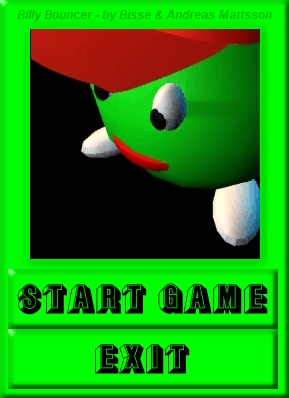Bouncing Billy Mac OS
metasixstring wrote:
Billy Mac Angels
I was introduced to this term 'bouncing' as a mean to render a midi file to an audio file; is that all bouncing is?
Launch Terminal using your preferred way on your Mac. Type in the following command into the Terminal window and press Enter. It’ll disable the bouncing behavior of your Dock icons. Defaults write com.apple.dock no-bouncing -bool TRUE.
In the arcade classic of Bouncing Balls, your goal is to form groups of 3 or more balls of the same color so that they can be destroyed. When the game starts, multiple rows of color balls will slowly move downward from the top. A color ball is placed inside the launcher at the bottom of the play area, while the next ball will also be displayed. A slick, carefully crafted follow-up to his debut, Rebel Yell was Billy Idol’s catchiest, most consistent fusion of synth-driven new wave pop and hard rock guitar pyrotechnics (courtesy of Steve Stevens).
that would fit the definition, though you could also bounce audio tracks (or multiple, and mixed tracks of audio and MIDI data).
the term comes from the analog days when a typical home recorder might have only 4 tracks with which to work. one might record on three of them, then mix them down to the fourth track (bounce them) to have those first 3 tracks free for more recordings.
metasixstring wrote:
I read it is better(easier?) to work with audio files when mixing than with midi files.


as stated, this isn't correct, it's nether better nor easier to work with Audio rather than MIDI (in fact in some respects MIDI is far more flexible).
Bill Macdonald
when it can be true is if you're working on a project that taxes your hardware too much, however simply locking the MIDI tracks alleviates this issue (once the track is locked and the freeze-files are created, there's no need to drag them into the project, or delete the MIDI track, they are already being used instead of the MIDI data).
additionally, if you find your self in need of working with the MIDI data to alter it, you simply unlock the track, make the changes, and re-lock it (them) to create a new freeze file.
Mar 31, 2017 10:09 AM
A prohibitory symbol, which looks like a circle with a line or slash through it, means that your startup disk contains a Mac operating system, but it's not a version or build of macOS that your Mac can use.
- Press and hold the power button on your Mac for up to 10 seconds, until your Mac turns off.
- Turn on your Mac and immediately press and hold both Command (⌘) and R to start up from macOS Recovery.
- While in macOS Recovery, use Disk Utility to repair your startup disk.
- If Disk Utility found no errors or repaired all errors, reinstall macOS.
- If you still need help, please contact Apple Support.